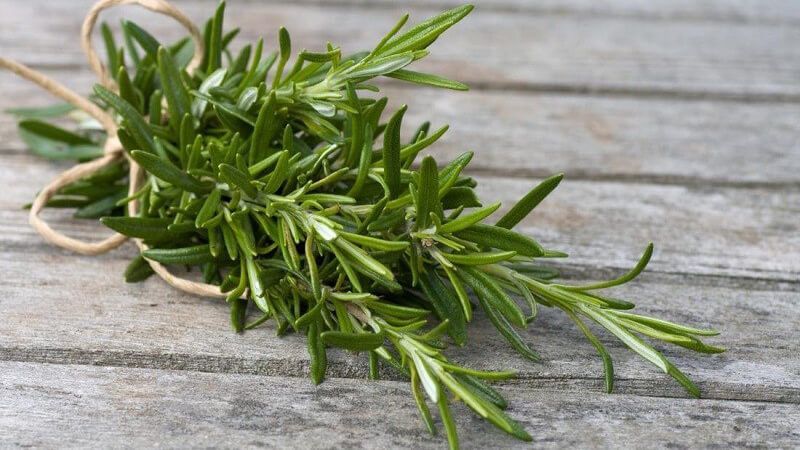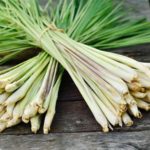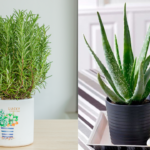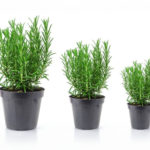Dried thyme has a distinctive fragrance and can be used for baking, beverages, or as an effective odor neutralizer. If you have fresh thyme at home, let’s learn how to dry thyme for preservation!
1 Things You’ll Need
- 5 sprigs of thyme
- Baking sheet
 Things You’ll Need
Things You’ll Need
2 How to Dry Thyme
Step 1 Prepare the thyme
Select mature thyme sprigs 15 – 20 cm long. Rinse the thyme leaves to remove any dirt and let them dry.
 Prepare the thyme
Prepare the thyme
Step 2 Dry the thyme
Place the thyme sprigs onto a baking sheet. Avoid overlapping.
Preheat the oven to the lowest temperature, around 10 – 15 minutes. Place the thyme onto the baking sheet and dry for 3 – 4 hours.
 Dry the thyme
Dry the thyme
3 Finished Product
Your thyme leaves are now completely dried. Take them out to cool and store in a jar.
Store the jar of dried thyme in a dry place, away from moisture. Dried thyme is convenient for cooking, baking, or any other use.
 Finished Product
Finished Product
That’s it! We’ve just shown you how to dry thyme at home. Give it a try! Good luck.














